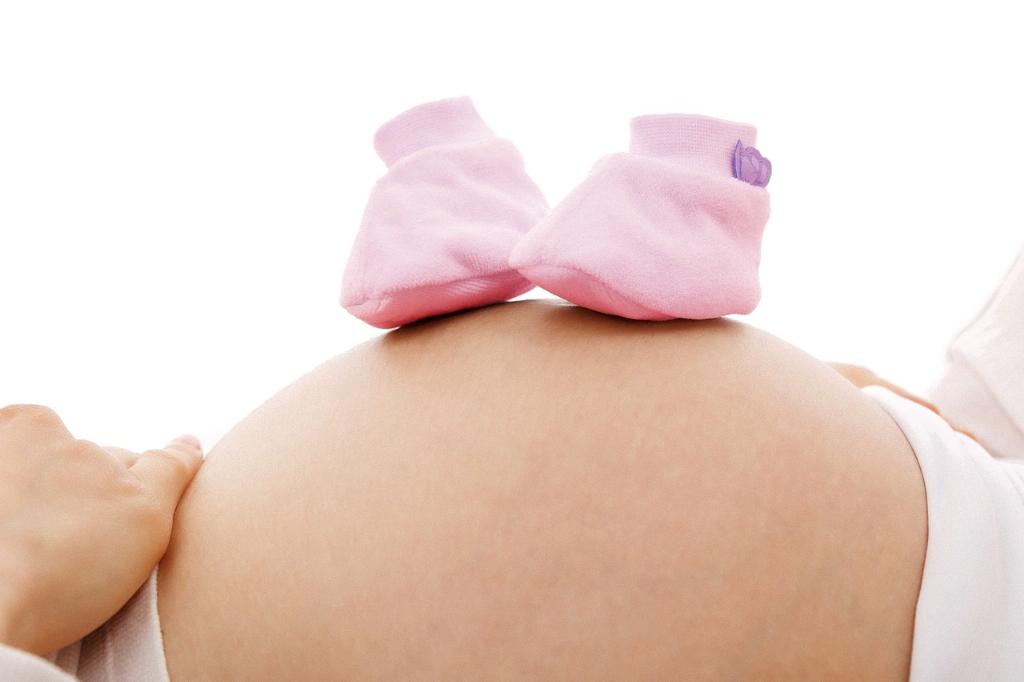Experiencing upper rib pain during pregnancy can be a concerning and uncomfortable sensation for many expectant mothers. As your body undergoes various physiological changes to accommodate your growing baby, it is not uncommon to experience discomfort in different regions of your body, including the upper ribs.
Causes of Upper Rib Pain
There are several factors that can contribute to upper rib pain during pregnancy. One of the most common reasons is the physical pressure exerted by your expanding uterus as your baby continues to grow and develop. This pressure can lead to the displacement of other organs, including pushing against your ribs, causing pain and discomfort.
Impact of Baby’s Movements
Additionally, the movements of your baby inside the womb can also play a significant role in causing upper rib pain. As your baby kicks, stretches, and moves around, they may inadvertently kick or press against your ribs, leading to soreness and tenderness in the area.
Changes in Posture
During pregnancy, many women experience changes in their posture and alignment as the body adjusts to the increasing weight and size of the baby. These postural changes can put additional strain on the muscles and ligaments surrounding the ribs, contributing to the discomfort felt in the upper rib area.
Hormonal Effects
Furthermore, the hormonal fluctuations that occur during pregnancy can also impact the sensitivity of the nerve endings in the rib area, making women more susceptible to feeling pain and discomfort in the upper ribs.
Relief and Management Strategies
While upper rib pain during pregnancy can be challenging, there are several strategies that can help alleviate discomfort and provide relief. Practicing good posture, using supportive pillows while sleeping, engaging in gentle exercises like prenatal yoga, and applying warm compresses to the affected area can all be effective in managing rib pain.
Consulting Healthcare Provider
If you are experiencing persistent or severe upper rib pain during pregnancy, it is essential to consult with your healthcare provider to rule out any underlying medical conditions and ensure the well-being of you and your baby. Your healthcare provider can offer personalized guidance and support tailored to your specific situation.
Self-Care Techniques
In addition to seeking medical advice, incorporating self-care techniques into your daily routine can also help alleviate upper rib pain. Practicing deep breathing exercises, staying hydrated, and incorporating relaxation techniques can all contribute to reducing stress and discomfort in the rib area.
Importance of Rest and Relaxation
It is crucial to prioritize rest and relaxation during pregnancy to allow your body to recuperate and rejuvenate. Adequate rest can help alleviate tension in the muscles surrounding the ribs and promote overall well-being for both you and your baby.
Supportive Garments
Wearing supportive garments, such as maternity bras or abdominal support belts, can also provide additional support to the rib area and help alleviate discomfort. These garments can help distribute the weight of your growing belly more evenly, reducing strain on the ribs.
Embracing Changes
Lastly, it is essential to embrace the changes that come with pregnancy and listen to your body’s needs. Practicing self-compassion and patience can go a long way in navigating the challenges of upper rib pain during this transformative time in your life.
Conclusion
In conclusion, upper rib pain during pregnancy is a common occurrence that can be attributed to various factors, including the physical pressure of your expanding uterus, baby’s movements, hormonal effects, and changes in posture. By implementing self-care techniques, seeking medical advice when necessary, and prioritizing rest and relaxation, you can effectively manage and alleviate upper rib pain, allowing you to focus on the joyous journey of pregnancy.

